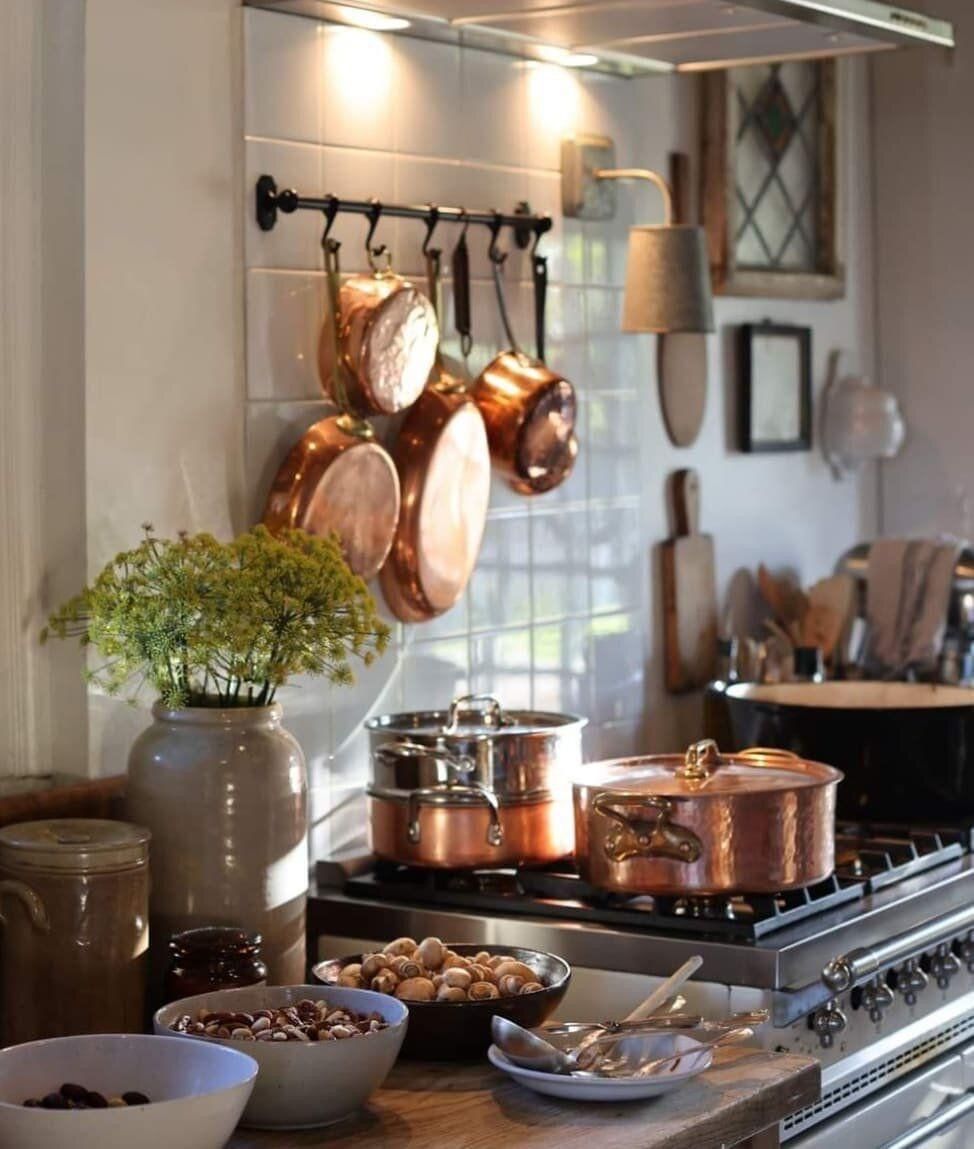
White kitchen: clinical coldness or timeless canvas?
Share
Browsing through showrooms and interior design magazines, it's impossible to escape the fact: the white kitchen still reigns supreme. But behind this apparent obviousness lies a passionate debate. On one side, there are die-hard fans who see it as the embodiment of modernity and practicality. On the other, there are detractors who denounce it as a cold, soulless standardization.
So, the white kitchen: a safe bet or a decorative trap?
Why does it persist? And above all, what does it say about our relationship with housing?
1. White: A reassuring obviousness that always seduces
The cleanliness argument that hits the mark
One of the major advantages of a white kitchen is the immediate association it evokes with cleanliness and hygiene. In a space dedicated to meal preparation, this psychological dimension plays a key role: white is reassuring, giving the impression of a healthy, controlled, almost sterile environment. This perception is all the stronger since white is reminiscent of the world of laboratories or professional kitchens, where the requirement for cleanliness is an absolute standard.
Added to this is the idea, deeply rooted in the collective imagination, that white surfaces are easier to maintain. Even if, in reality, they also reveal the slightest stain or fingerprint, their clarity gives the illusion of a more controlled space and easier to clean. White thus becomes a sort of "color code" of seriousness and rigor, directly inspired by chefs' kitchens and professional environments.
A white kitchen is a real asset for small spaces. Its ability to reflect light creates an optical effect that visually enlarges the room, while promoting continuity with the rest of the home. When combined with large openings or bay windows, it maximizes natural light and opens the kitchen to the outdoors, reinforcing the feeling of space and fluidity.
Beyond this visual effect, the neutrality of white makes it a valuable ally for those who are still unsure about their style: it serves as a "safe" base that reassures and easily matches any type of household appliance, regardless of its color or finish. This versatility also facilitates the scalability of the kitchen: rather than replacing the furniture, simply change the accessories, the splashback or the lighting to transform the atmosphere.
Its strengths are undeniable: timelessness, clarity, and versatility make the white kitchen a safe bet, capable of adapting to the trends and needs of each home.
2. The other side of the coin: when white turns into a decorating nightmare
The "operating room" effect: when the sanitized becomes oppressive
One of the main pitfalls of a white kitchen is what is sometimes called the "operating room" effect. When used excessively, it can create a cold, clinical atmosphere, devoid of human warmth. Instead of being welcoming, the room becomes impersonal, even oppressive, risking transforming the kitchen into a veritable "non-place."
This standardization is another danger of modern interiors. In too many homes, all kitchens end up looking so similar, to the point of losing their identity and character. A constant sense of "déjà vu" sets in, and the space, which is supposed to reflect the personality of its occupants, becomes interchangeable.
Finally, we often find what some call the "Ikea catalog" effect: an excessive standardization that erases any trace of originality. The lack of personality and history gives the space a superficial, even "fake" impression, where everything seems easy and prefabricated.
In short, the limitations of the white kitchen are glaring: coldness, standardization and a lack of authenticity can quickly transform an aesthetic asset into a handicap for the soul of the home.
3. The white kitchen 2.0: how it is reinventing itself to survive
The art of mixing materials: warming without sacrificing
One of the most effective ways to warm up a white kitchen is to play with materials. Light wood, for example, is the perfect partner to humanize the space, while natural stone adds authenticity and character. Metals such as brass or copper, meanwhile, instantly warm the atmosphere and add a touch of sophistication.
Textures and finishes also play a key role in breaking the "operating room" feel. Matte finishes create a softer feel than glossy surfaces, while subtle embossing, grooves, and veining mimic natural materials and add movement to the piece.
Personalization through details can transform a plain kitchen into a vibrant and unique space. A graphic splashback can become the signature element that completely changes the ambiance, designer handles add character, and bold lighting sculpts the space with light. Even a few touches of greenery are enough to breathe life into something previously missing.
The result: white ceases to be cold and impersonal to become a modular and lively backdrop , capable of adapting to the tastes and evolution of its occupants.
4. Trendy alternatives: what if we dared to do something else?
Colors that are on the rise (natural transition to other trends)
While white remains a safe bet, it's no longer the only option. Colors are gaining momentum, bringing warmth and personality to contemporary kitchens. Sage green, for example, invites nature indoors and creates a soothing atmosphere. Deep blue exudes elegance and character, while terracotta tones evoke a return to basics and a warm, authentic ambiance.
This transition to more colorful palettes is sometimes accompanied by the "modern grandmother" style, where conviviality and authentic materials blend with contemporary lines. The goal is to create a warm and family-friendly kitchen, where each element tells a story and where the space comes alive. Grandmother-style kitchens
In conclusion, white remains relevant, but only if it's used intelligently. The white kitchen is neither completely outdated nor definitively perfect: it provides a solid foundation from which to build a personal and welcoming space. The secret? Don't stop at white, but make it the starting point for a more personal creation. Ultimately, a successful kitchen is, above all, one that reflects us.
"And you, team white kitchen or team bold color? Share your creations and your questions in the comments!"
